Does Flakka Induce Psychosis?

In the world of drugs, there is always a struggle to create better and more potent drugs. For the sellers, the motive is clear--to beat their competition by producing superior quality drugs. On the other hand, most users prefer designer drugs because they are often more potent, have fewer side effects, and sometimes, even cheaper.
Flakka is a drug that just recently became popular and available to users in many countries all over the world. The word about flakka spread mainly through social media, particularly YouTube, where people would upload videos of users experiencing a "flakka high". At first, the videos were hilarious, like one video uploaded in 2015 of a woman dancing in the rain. However, the reality is far from that.
In 2015 alone, about 60 people died in Broward County, Florida, even though the drug became available in 2014. Since then, there are no concrete numbers about casualties, but there are probably a lot more. In a video by Fusion, the reporters interviewed the President and CEO of North Broward Hospital District Dr. Nabil El Sanadi, who said his hospital receives over 100 cases of flakka in a month. These were the reported cases from only one hospital, but it was found that the numbers were much higher in other regions.
The situation has still not risen to crisis level yet, but people are starting to notice the dangers of flakka, and staging protests and demonstrations against its use. Nevertheless, there is still a lot unknown about flakka, being a relatively new drug.
What is flakka?
As a synthetic substance, flakka is chemically known as alpha-pyrrolidinopentiophenone (α-PVP). Others may even call it as "gravel" because it is in a crystal form, similar to the small stones at the bottom of fish tanks. Other names of flakka include prolintane and desmethyl pyrovalerone.
The drug is mainly manufactured in China, from where it is exported around the world. It is probably manufactured in China because of the strict laws against the drug in most countries. As a designer drug, it is also harder to detect because drug-sniffing dogs cannot detect its smell, making it easier to smuggle.
Flakka will often be found in the form of crystals. However, it can also be ground into powder form and taken by injection, snorting, smoking, and even eating. Once it goes inside the body, it is difficult to determine its presence, and there are still no tests for flakka. Routine urine tests will not detect the active chemical present in flakka, and doctors have to rely on the symptoms when diagnosing a flakka high.
It is illegal to use flakka in most parts of the world. The exception is only those countries without laws directly targeting flakka. In the US, the DEA has classified flakka as a Schedule 1 drug, and is a controlled substance in China. China’s position on flakka means that it is acceptable in certain medical situations when the doctor deems it necessary. Flakka has a similar classification in Australia, where it may only be used for medical or scientific research. Many other nations including the UK, Germany, France, Turkey, and Sweden forbid the use of flakka in any way.
What does flakka do?
The active ingredient in flakka is alpha-PVP, which is a methylenedioxypyrovalerone (MDPV) variant. MDPV is the stimulant present in typical bath salts. When this chemical is inside the body, it travels to the synapses and inhibits the reuptake of the neurotransmitters dopamine, serotonin, and norepinephrine.
These neurotransmitters are produced by the brain cells to provide certain effects on the body. For example:
- Norepinephrine mobilizes the body and brain for action and is responsible for the fight-or-flight response.
- Dopamine controls motor functions as well as producing positive reward feelings and arousal, reinforcing pleasurable activities.
- Serotonin regulates mood, appetite, sleep, memory, and learning.
While these neurotransmitters are produced, they are also reabsorbed by the synapses to keep them in check and body functions remain optimal. In the presence of MDPV, the chemicals that enable the reuptake and reabsorption of the neurotransmitters are limited. However, the chemical does not stop the production of the neurotransmitters, which are still produced by the neurons.
In this way, MDPV effectively floods the brain with the three neurotransmitters mentioned above without any limit, producing the flakka high. Amphetamines and cocaine also have similar effects on the nervous system, but flakka’s effect is much more intense and long-lasting compared to the other mentioned drugs.
With time, the synapses will eliminate MDPV from their surface, resuming normal neurotransmitter reuptake functions. However, it may take some time.
How do you recognize a flakka high?
When someone is on a flakka high, they experience, among other things, psychosis. Psychotic behavior is defined as acting in a way that is not according to reality. Psychosis is the most common presentation of a flakka high. Ever since flakka became available for use in some parts of the US, videos have been taken by bystanders who observed people high on flakka, and mainly showed psychotic behavior.
One popular video showed a 17-year old girl in Melbourne, Florida who were running through the streets naked and what seemed to be in a delirious state. The event was later covered by the WESH 2 News, a local news channel, with comments from neighbors who witnessed the event. One neighbor claimed he saw the girl jump out of a neighbor’s window naked and covered in blood before proceeding onto the streets screaming, “I am God! I am Satan!”
The window she jumped out of was not her house window, so she had probably broken into another house. It was later discovered that she had been missing from Cocoa, Florida. When the police arrived, they had to use a Taser just to get her to calm down. However, she still kept screaming the same thing all over again.
This event was followed by a similar incident, this time by a man named Kenneth Crowder. He was also in a psychotic state, naked, and screaming. After the police used a Taser on him to calm him down, he proceeded to charge at both of the officers, although he was later taken down and arrested.
All witness accounts of flakka-high victims depict the same symptoms of psychosis, which is the main sign of flakka use.
Hyperstimulation was also observed among flakka users. In both cases mentioned above, the people who witnessed the incidents said that the apprehended individuals had a lot of energy, enough to overcome the 50,000-volt charge emitted by a standard police Taser. While in a confrontation with the police, Kenneth Crowder was Tasered, but he still had the strength to go and charge one police officer, and then body slammed another. The missing 17-year old girl also still kept screaming even after the Taser had been used.
What are the side effects of flakka use?
The obvious danger is clearly self-harm because people in a psychotic state engages in behavior that could be dangerous to others and themselves. In the previously mentioned cases, we see how the users would harm themselves by jumping through windows and even disappearing from home. Because the effects of flakka can last for a long time, there is a danger wherein users can seriously hurt themselves while they are high.
One of the primary side effects of flakka use is concurrent hyperstimulation, which can abnormally increase one's heart rate. All flakka users who were admitted to the hospital had a dangerously high heart rate and had to be medicated to bring their heart rate down. It is considered as an emergency situation because a high heart rate that is experienced for a long time can lead to heart failure since the heart would be unable to pump enough blood to sustain the heartbeat. Even when the high heart rate is treated, there is still a possibility of a long-term damage to the heart muscles and blood vessels, which can have serious health consequences later in life.
With the neurotransmitters out of whack, the regulation of body temperature is also impaired, raising body temperature as high as 40.5 degrees Celsius or 105 degrees Fahrenheit. High body temperature can cause heat stroke, which could lead to death. Moreover, it can also negatively affect the nerve cells leading to brain damage. In worse conditions, hyperthermia can cause kidney damage. Hyperthermia causes the muscles to break down in the body, and the kidneys have to filter them out of the blood. In the process, the kidneys can become overburdened, and become permanently damaged. With damaged kidneys, the individual may have to be on dialysis for the rest of his or her life, and will not be eligible for a kidney transplant.
There is also a side effect on the brain, particularly the central nervous system, which is where the drug primarily acts upon. The blockage of the neurotransmitter reuptake chemicals is the main cause of the high, but it can also permanently damage the synapses. With the extended and excessive use of flakka, a person’s synapses can become so damaged that he or she loses the ability to reabsorb the neurotransmitters. The reuptake of these neurotransmitters is absolutely crucial in sustaining a person’s mood and other motor functions. Moreover, the damage done to the synapses can lead to other problems down the line.
Due to its effect on the nervous system, flakka can also cause dependency and high addiction. Any drug that interferes with the hormones and neurotransmitters has this effect because it replaces the body’s natural system of producing such chemicals. As a result, an individual who takes flakka will often become addicted and will not be able to function without it. Users will also develop tolerance, which will make them require a higher dosage over time just to achieve the same level of high.
What drugs are similar to flakka?
Flakka is most closely related to "bath salts", which contain MDPV. MDPV belongs to the cathinone class and has a similar effects to flakka. Thus, the name "bath salts" cover many drugs, which have chemicals related to cathinone like flakka. These drugs got the name "bath salts" because they used to be disguised as actual bath salts before its use was discovered in 2010.
Cathinone is a stimulant found in khat, which is grown in East Africa and Saudi Arabia. Other bath salts are marketed under the street names "cloud nine", "vanilla sky", "scarface", "white lighting", and "bloom".
Flakka and other bath salts are also similar to methamphetamine (meth) both in effect and mode of use. MDMA is also similar to flakka, which is marketed either as "molly" or "ecstasy".
Why is flakka more dangerous than other similar drugs?
Flakka is more dangerous than other drugs of the same class since it is much cheaper. The average price for one hit of flakka is about $5, and can even go for as low as $3 in some areas.
Considering the damage this drug does to the body, such a low price tag makes it more dangerous because of the potential for abuse. Moreover, it was also the reason behind the sudden widespread use of the drug, since it became a cheaper alternative to cocaine and other addictive drugs.

Find the right provider for you
Looking for an Cardiologist? Meet Dr. Errol Williams, one of FindaTopDoc’s Featured Doctors, located in Ontario, OH.






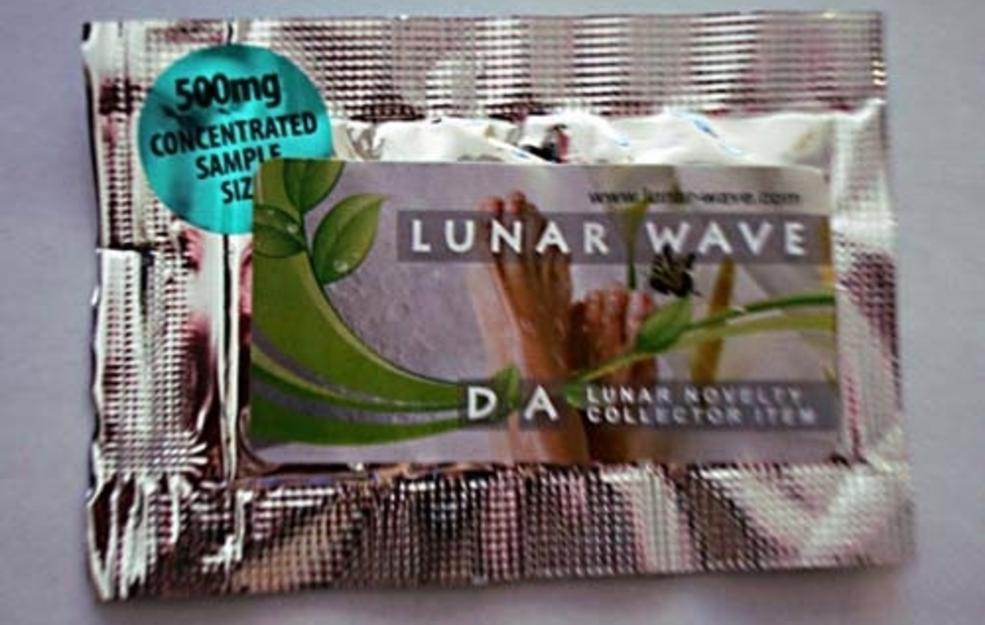



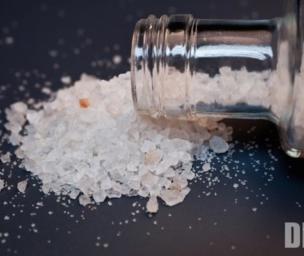
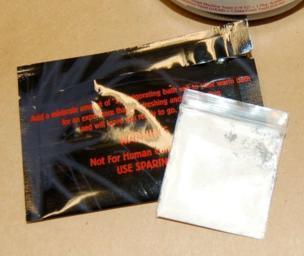
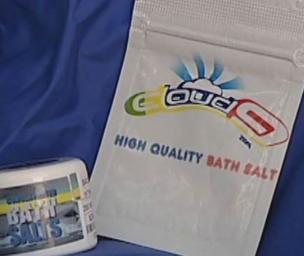


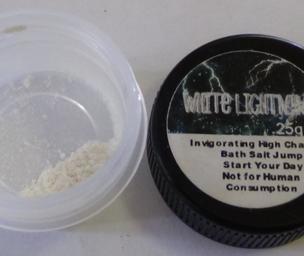
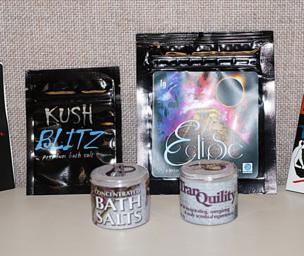
![[Infographic] What Is Flakka: How to Use it and What does it do](https://www.findatopdoc.com/var/fatd/storage/images/_aliases/embedded_item/top-videos-and-slideshows/what-is-flakka/653137-1-eng-US/What-Is-Flakka.png)










